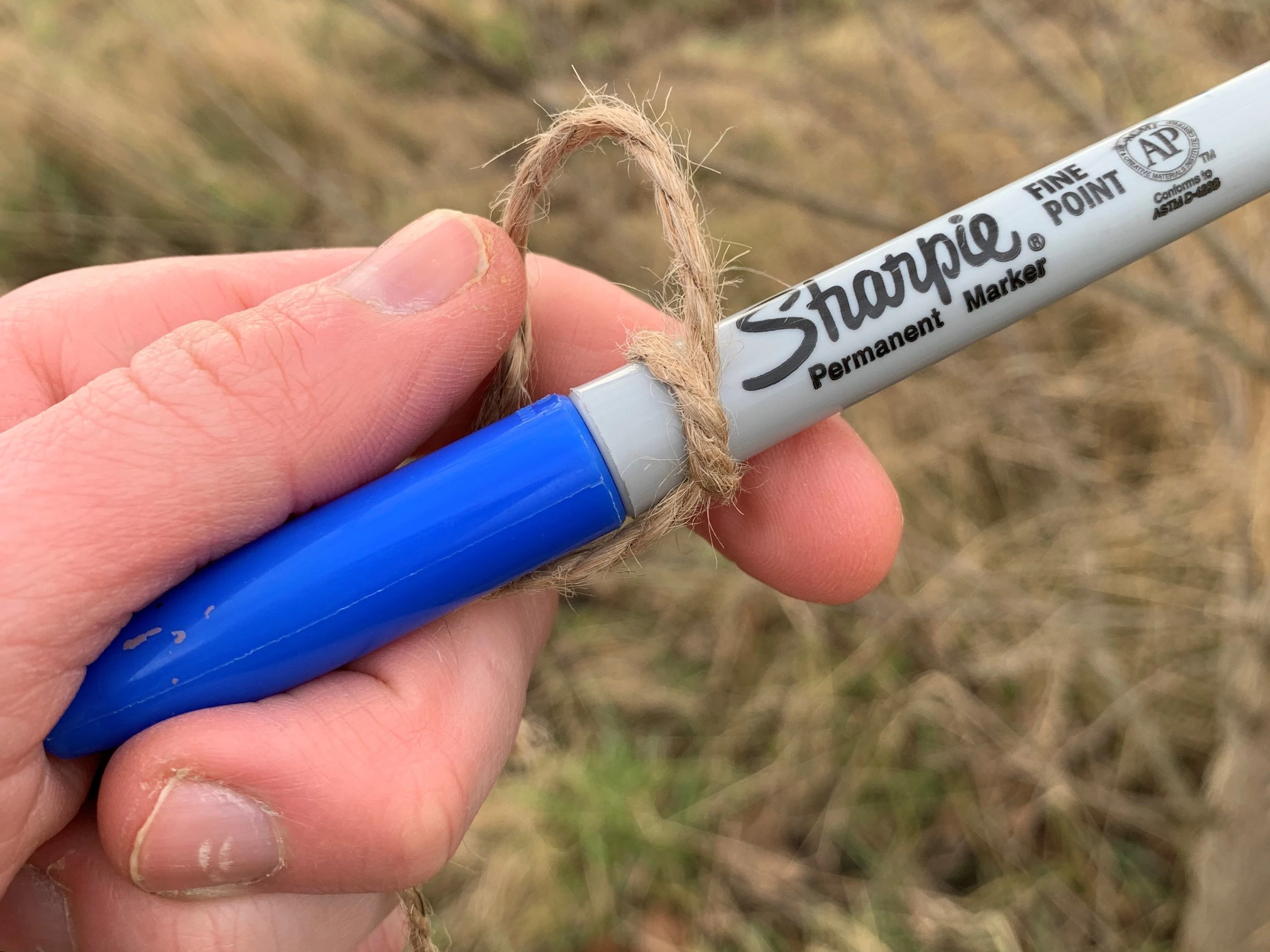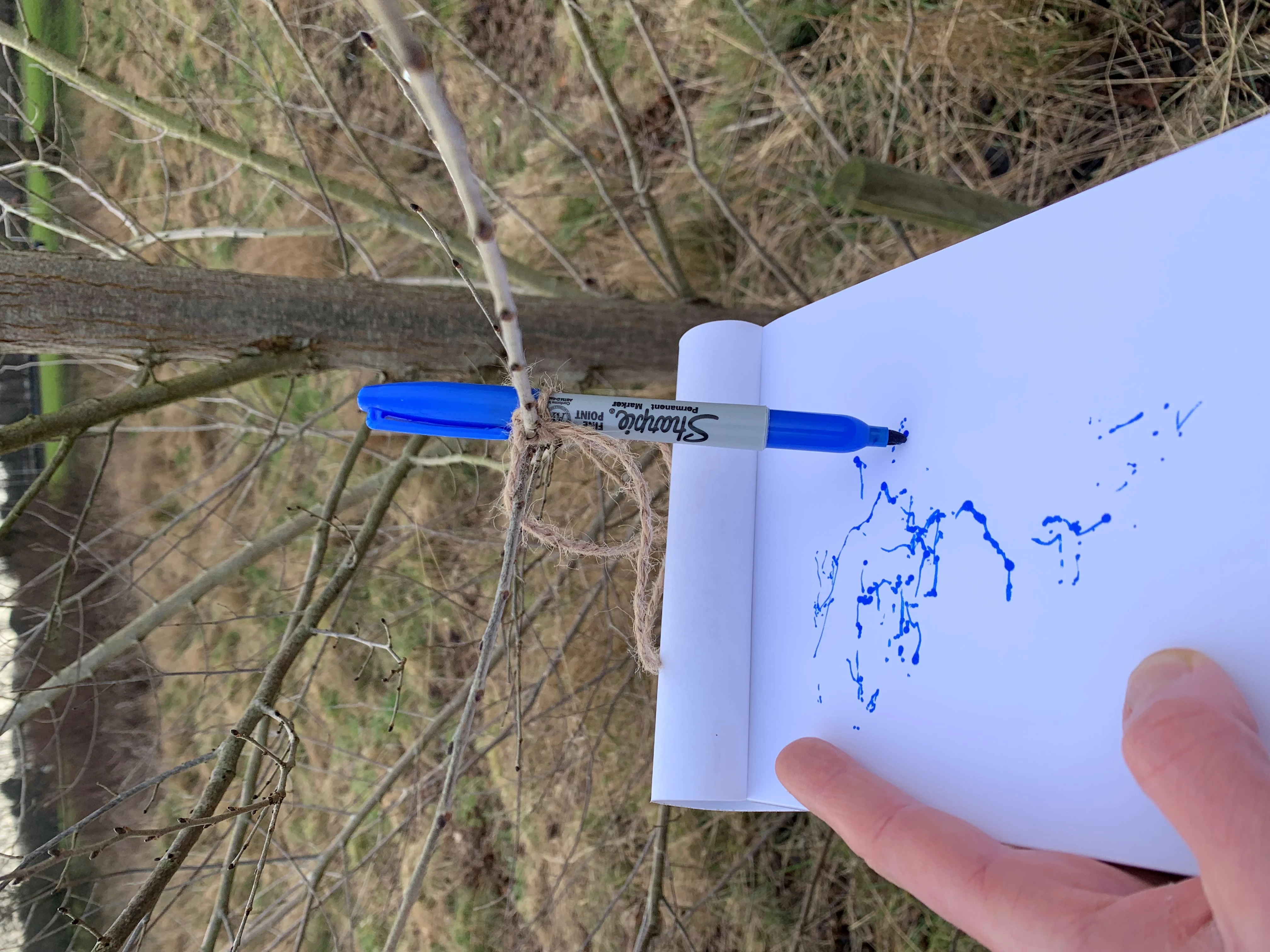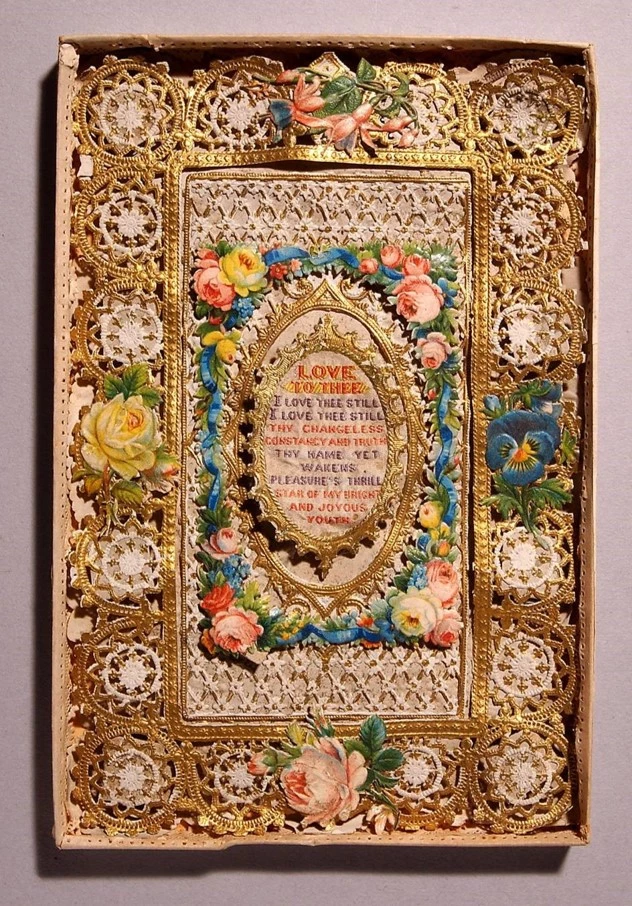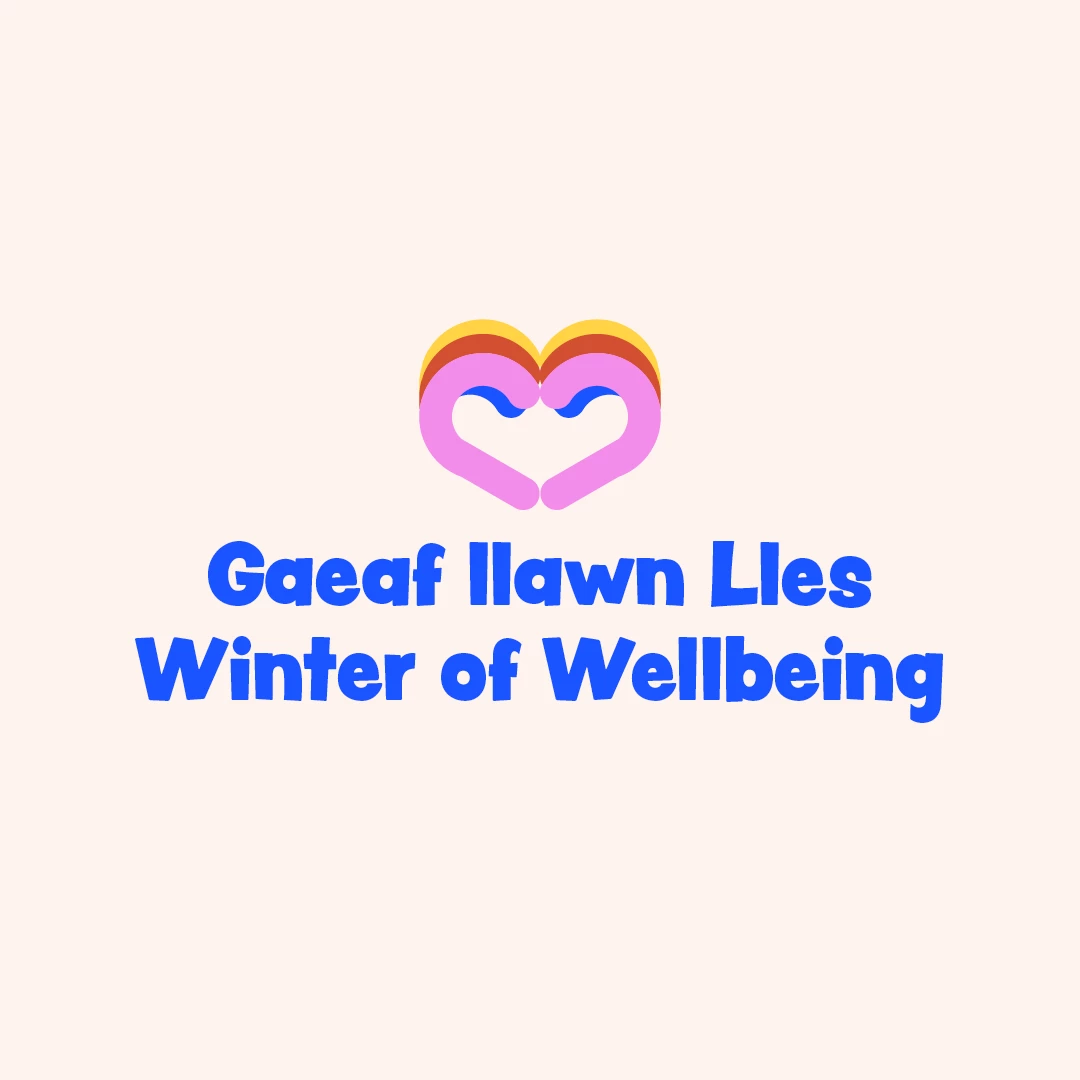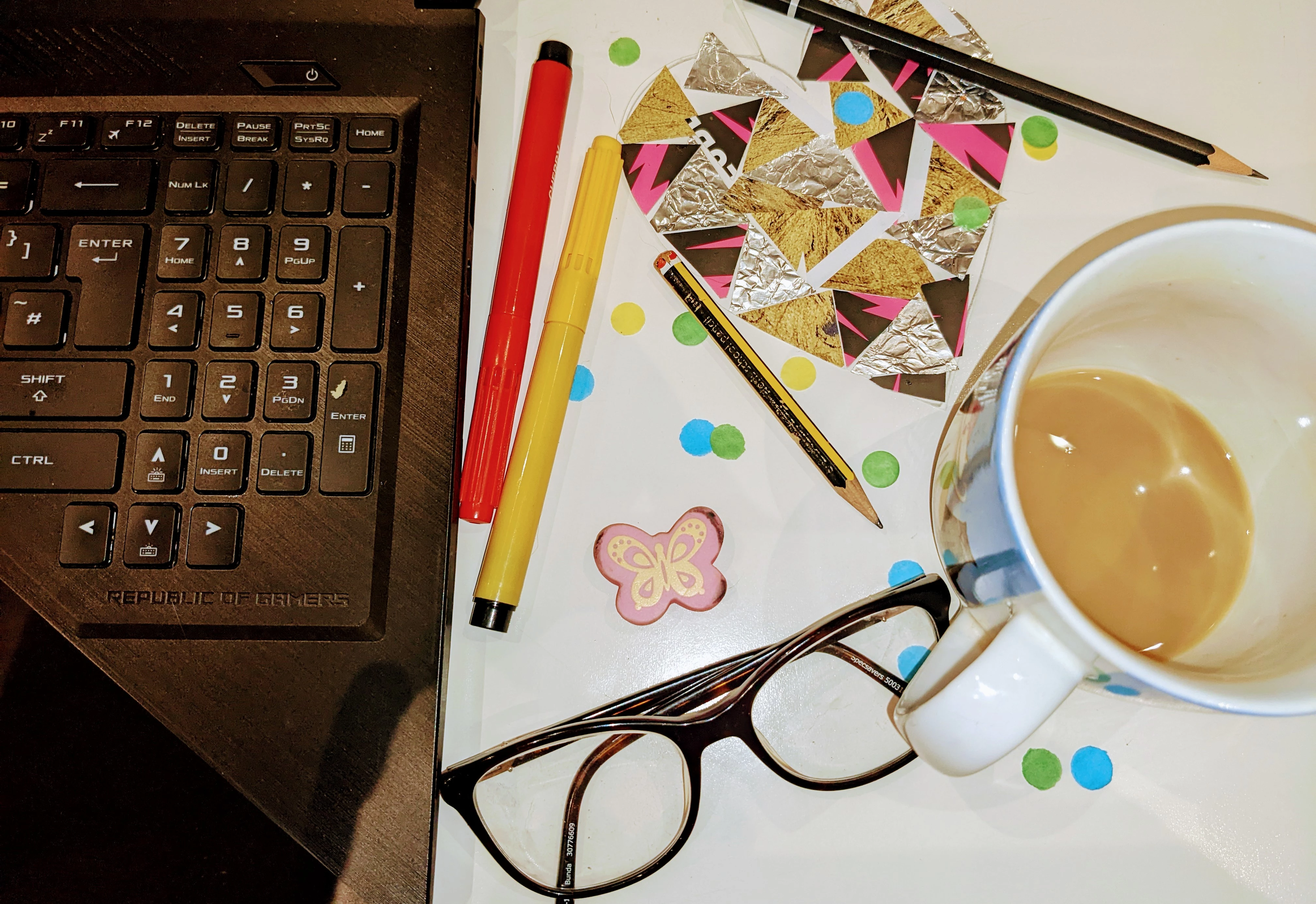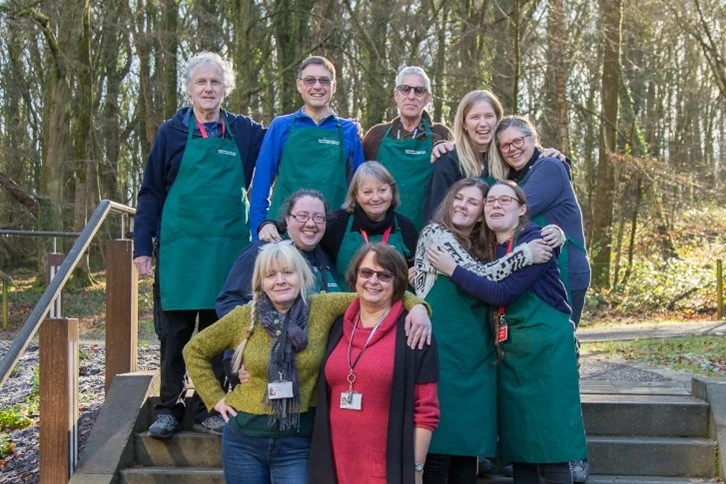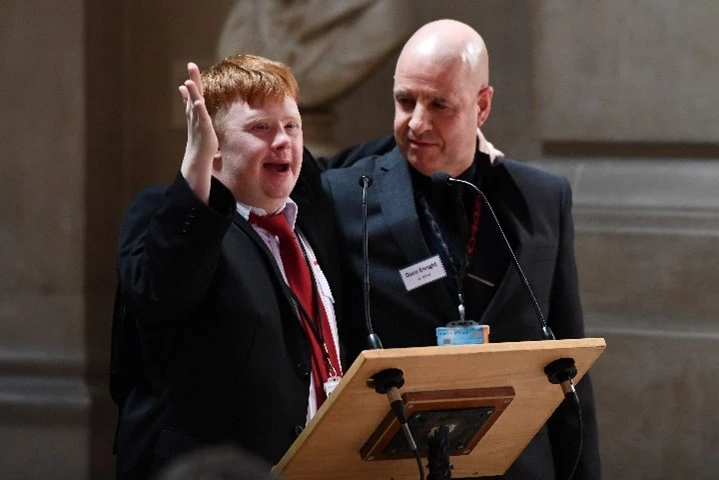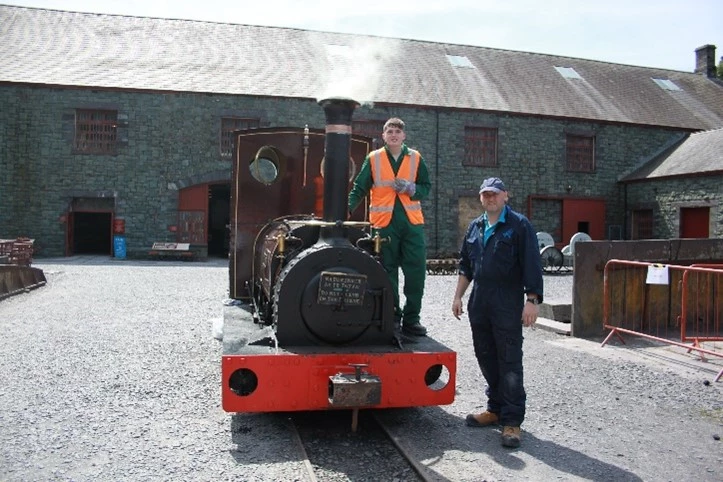Experimental (Indexical) Drawings
, 23 February 2022
Indexical drawings exist all around us!
Indexical drawings record the interaction between objects, documenting the activity involved.
Look at this drawing by artist Olafur Eliasson. He created it out at sea in his boat by dipping a ball in black ink. He let it roll across the paper so it could record the waves and movements of the boat across the ocean!
Why not have a go at your own experimental/indexical drawing?
Example:
What you’ll need: a pen, a piece of string, sketchpad.
-
Tie the piece of string or whatever is available to you to the pencil or pen
2. Tie the pen with the same piece of string to a tree branch (top tip: choose a thinner branch that moves around a lot more easily!)
3. Hold a piece of paper under the pen and set a timer for however long you would like. We used a 10 minute timer.
-
Watch as the wind blows the tree branch, leaving marks of the branch’s movement and the pattern of the wind on your paper!
5. The result, an artwork created by nature!
The pictures above are from when I had a go at my own experimental/indexical drawing, drawing the movement of a tree in the wind of Storm Corrie!
You can track the movement of the branches - in moments of stillness where the pen marks are thick, and in high wind where you can see thin lines!
Have a go and share your drawings with us. You can tag us on Instagram or Facebook, and remember to use #winterofwellbeing
